Every lifestyle or diet you follow consists of the same macronutrients, nutrients you need in large amounts, and micronutrients, those you need in trace amounts. The difference between individual lifestyles or diets lies in the distribution of these nutrients. For example, if you follow a keto diet, fat is the predominant macronutrient while a regular 2000kcal diet is dominated by carbohydrates.
Unsurprisingly, the distribution or ratios of nutrients will affect your body’s functioning and performance. This is because, although all the nutrients are interconnected, the breakdown products of these nutrients have different efficiencies in providing your body energy.
Athletes often hear the 4:1 carbohydrate:protein ratio while looking at sports snacks or meals. This is typically the ratio suggested to maximize endurance performance and can help to recover muscle glycogen stores and muscle rebuilding. If you are curious to understand why, read more to find out!
The Carbohydrates
Carbohydrates are a pillar in our everyday lives no matter which lifestyle or diet we follow. This is because it is the body’s go-to source of energy as it is easily broken down. Consuming enough carbohydrates helps you maintain your blood glucose levels and gives you sustained energy to do your daily tasks or while you are crushing those miles.

Generally, athletes are recommended to consume 30-60g of carbohydrates per hour. When investigating the benefits of consuming carbohydrates during endurance exercise,researchersfound that athletes who consume carbohydrates before exercise and every 15 minutes throughout reach exhaustion 30% longer than those who did not consume carbohydrates.
While you are on your bike or on your 3 hour hikes, your body is using up your muscle glycogen stores. These run out fast and so, you need an external source of quick energy. This is why you need 4x more carbohydrates than proteins. Once your body recognizes the carbohydrates, it immediately knows it is meant to be for energy. Meanwhile, when your body breaks down proteins, it does notimmediatelygo as energy supply.
The Proteins
Proteins play an important and HUGE role in your body! Proteins make up your muscles that contract and relax, allowing you to do daily activities and crush those training sessions. They also make up your hormones, antibodies, enzymes, etc. Every protein in your body and the ones you consume from food are made up of all the same units called amino acids.
There are 20 amino acids that make up these proteins, which are classified into 3 groups: essential, non-essential and conditionally essential. You can find out how they differ and the importance of these amino acids for your bodyhere.
No doubt, proteins are essential in any lifestyle of diet. When your body breaks down protein into amino acids, these amino acids are prioritized to function as muscle, hormone, enzyme, antibody building blocks instead of energy (unlike carbohydrates). If your body decides to utilize amino acids as a source of energy, this means 1) your glycogen stores are depleted and there is no readily available glucose and 2) your body will start undergoing gluconeogenesis, where you must convert amino acids into glucose for energy.

The reason why protein is included in an athlete’s sport snacks or recovery meal as a 4:1 ratio with carbohydrates is because combining protein with carbohydrates have shown to boost endurance athlete’s performances. No doubt, the advantages differ depending on the exercise. For example, for resistance training, astudy showed that combining protein and carbohydrates can increase muscle glycogen stores, allowing for more energy throughout training. Anotherstudy shows that it offsets muscle damage.
Meanwhile, for endurance athletes, adding protein to carbohydrates to form a 4:1 carbohydrate:protein ratio has shown to effectively increase endurance performance. Astudy on endurance cyclists found that adding protein to carbohydrates increases insulin levels during exercise. This results in more muscle glycogen sparing (i.e less of their muscle glycogen stores were used) and a delay in fatigue.
All in all, not only do carbohydrates and proteins have their individual advantages for your body during endurance performance, butin combination your body experiences the synergistic effects of these two macronutrients.
Where to Find 4:1 CHO:Pro Fuel
If you are curious on where to get your 4:1 carbohydrate to protein ratio, don’t worry, we have you covered. The most accurate way to target this ratio is to weigh your carbohydrates and protein. Depending on your preference, the carbohydrate and protein sources can vary but overall, weighing these proportions can easily get you the 4:1 ratio. Don’t forget, using the food labels on each of your food products can help in rationalizing the proportions of carbohydrates to proteins.
There are plenty of food combinations that you can do to get your 4:1 carbohydrate:protein ratio. Before we give you these food combinations, check outhere to find out 6 ULTRA fueling foods for endurance athletes!
Now, here are a few ideas of sport snacks or recovery meals you can opt for:
- Blueberries, honey and greek yogurt
- Whole wheat bread with peanut butter & jelly
- Banana with 2 tbsp of peanut butter
- Quinoa, pinto beans & broccoli
- Oatmeal, walnuts & cherries

If you are looking for on-the-go sport snacks, Näak’sULTRA Energy Bars andULTRA Energy Waffles are formulated with complex carbohydrates and complete sources of protein (either plant-based or cricket-based) in a 4:1 carbohydrates:protein ratio. This guarantees a slow release of energy to prevent crashing and gastrointestinal discomfort, with a complete dose of all the amino acids your muscle needs up until the finish line!


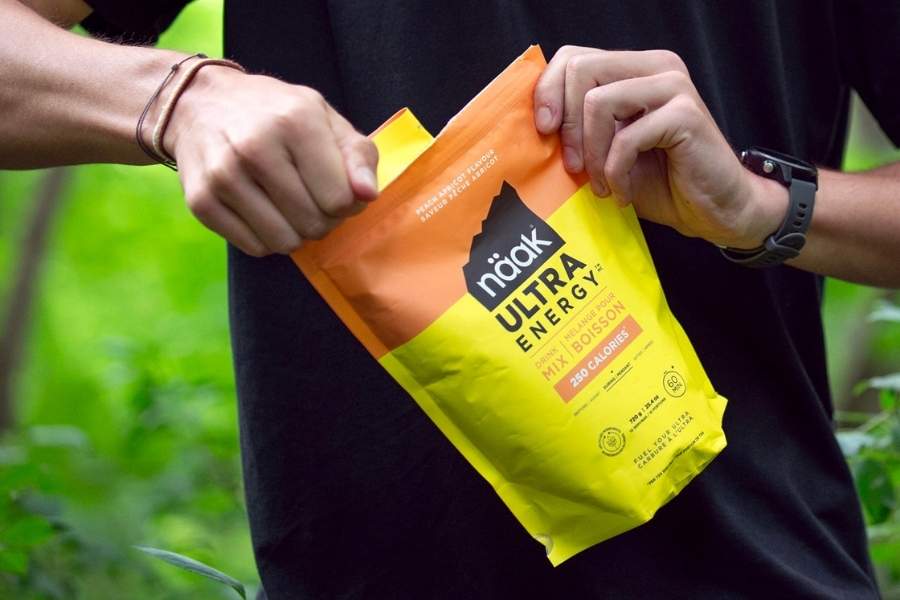








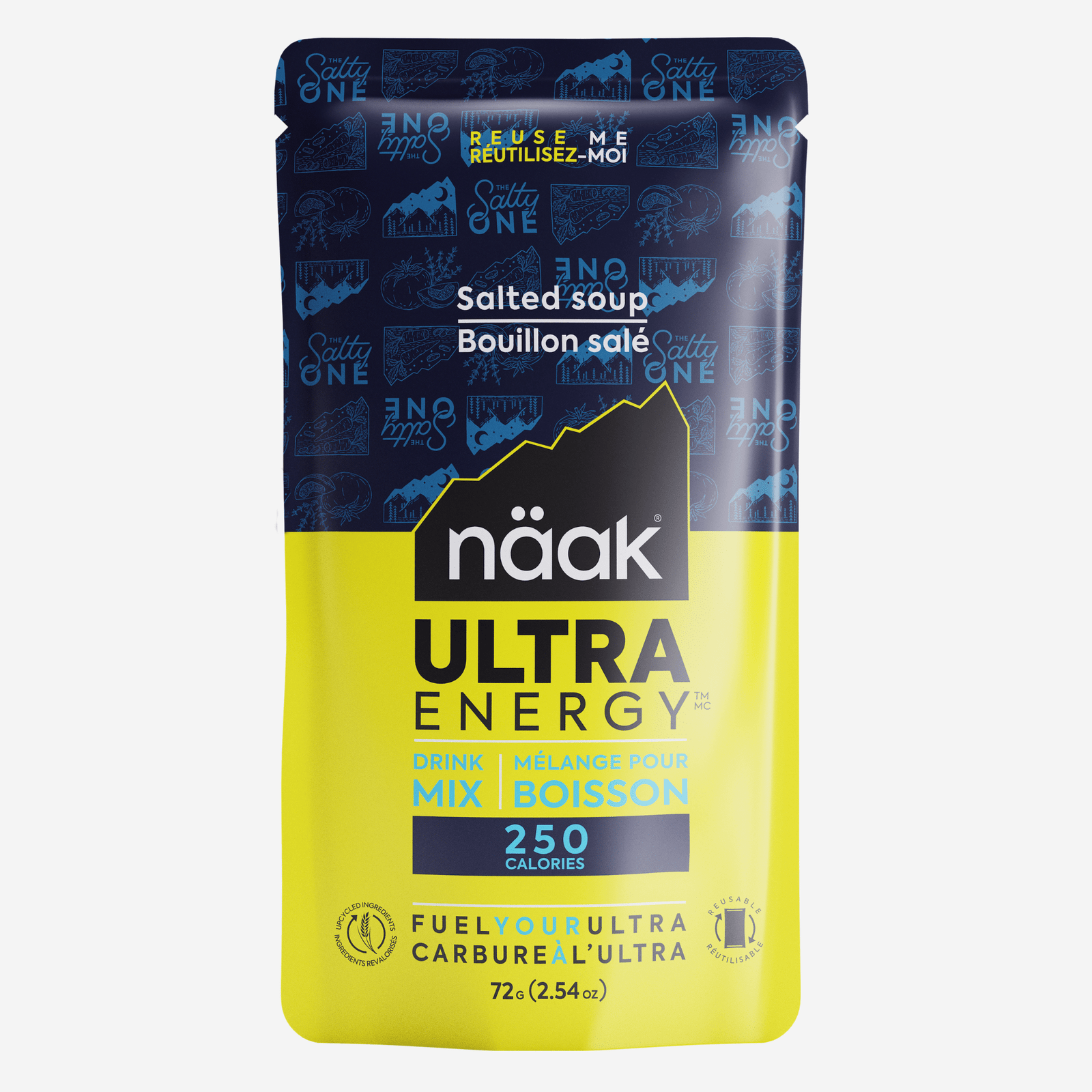
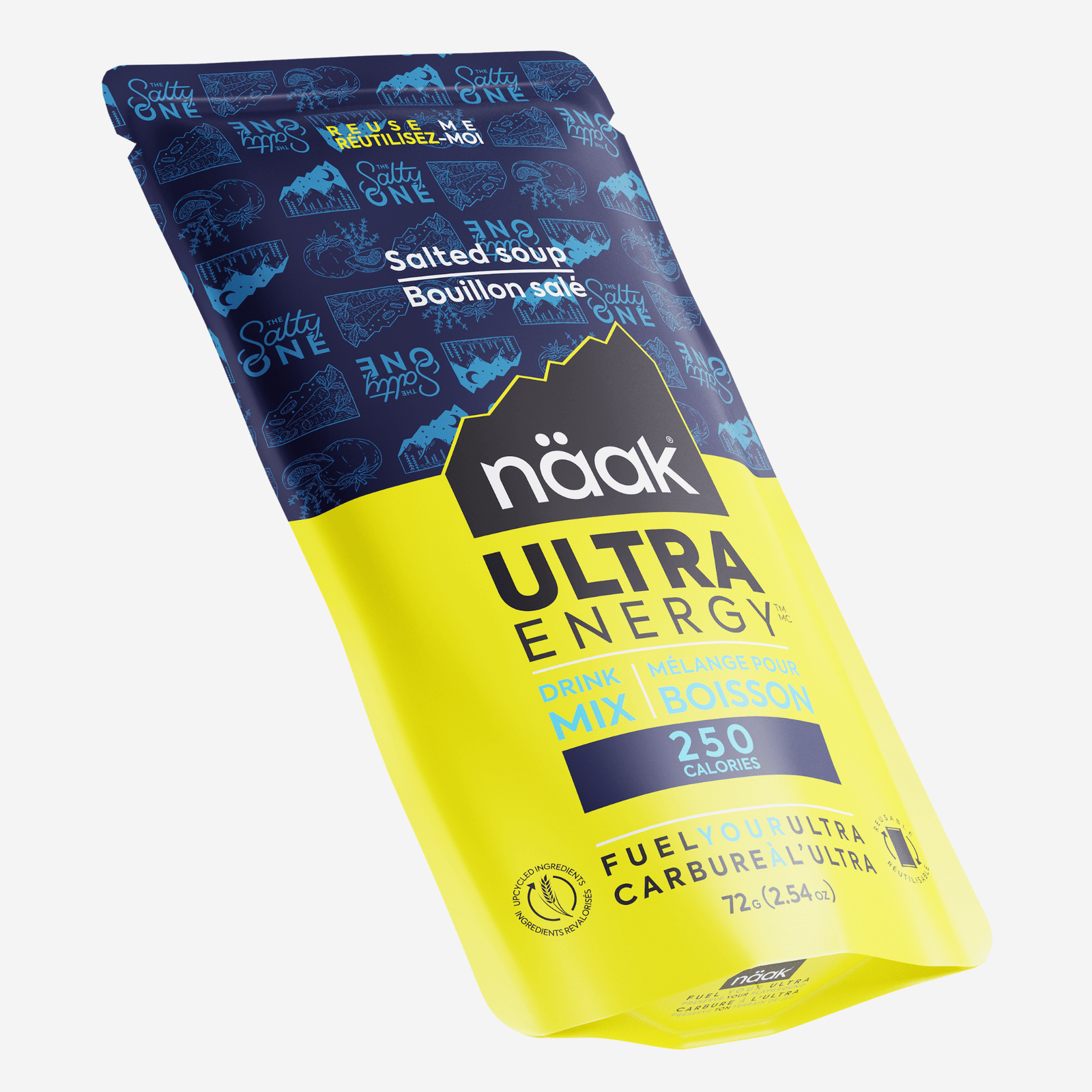

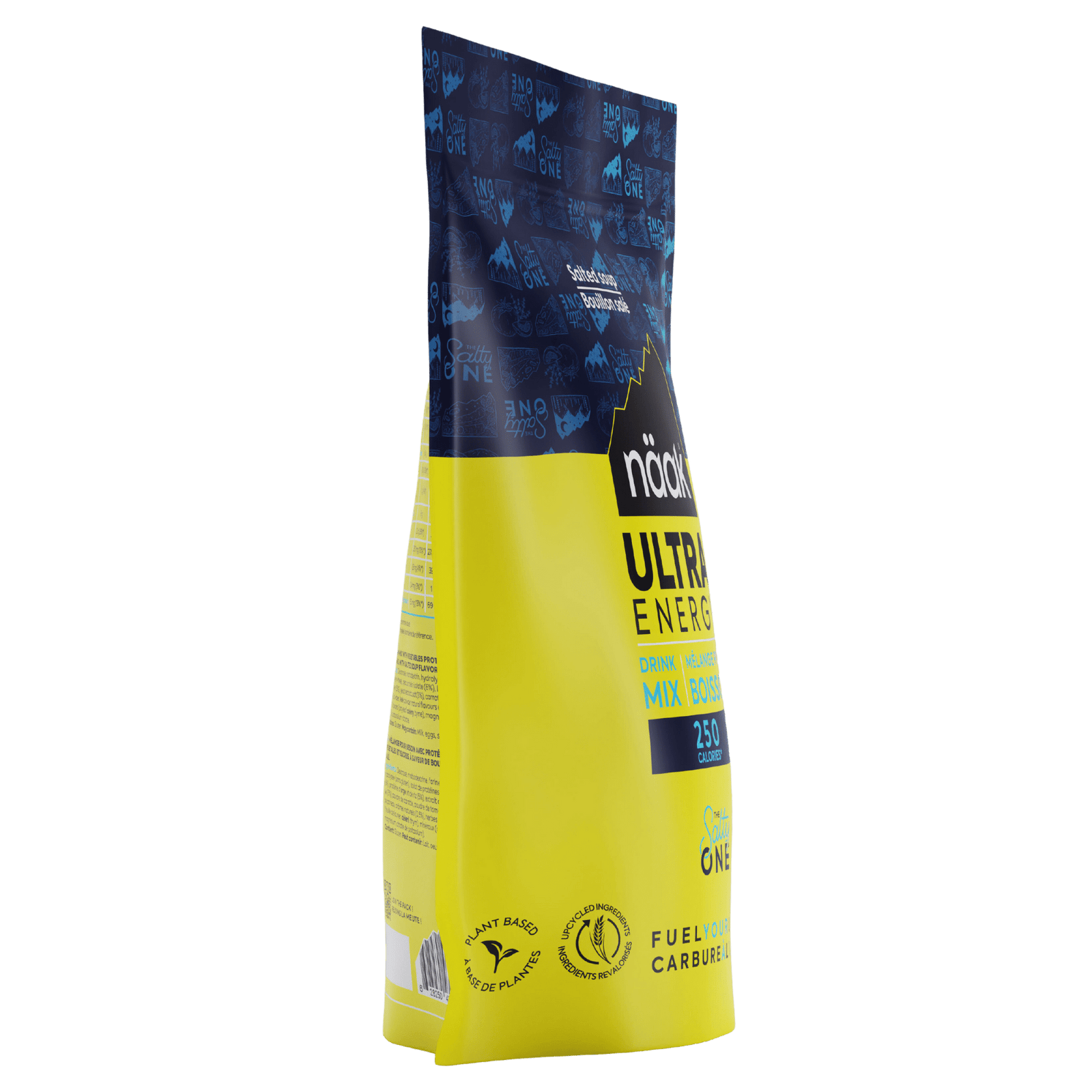
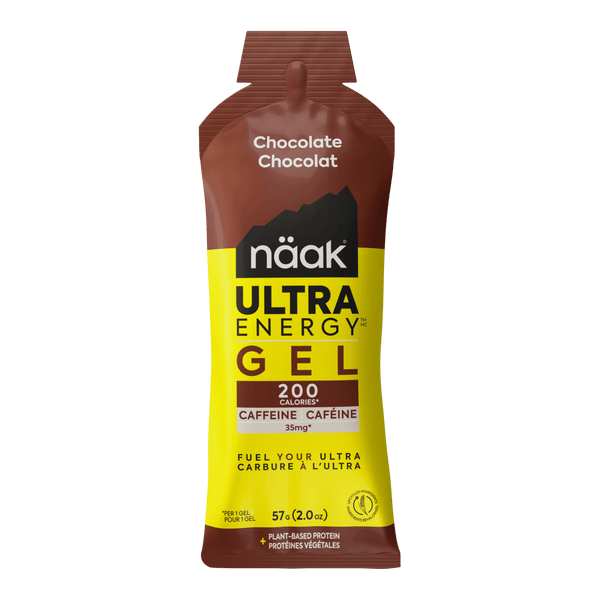
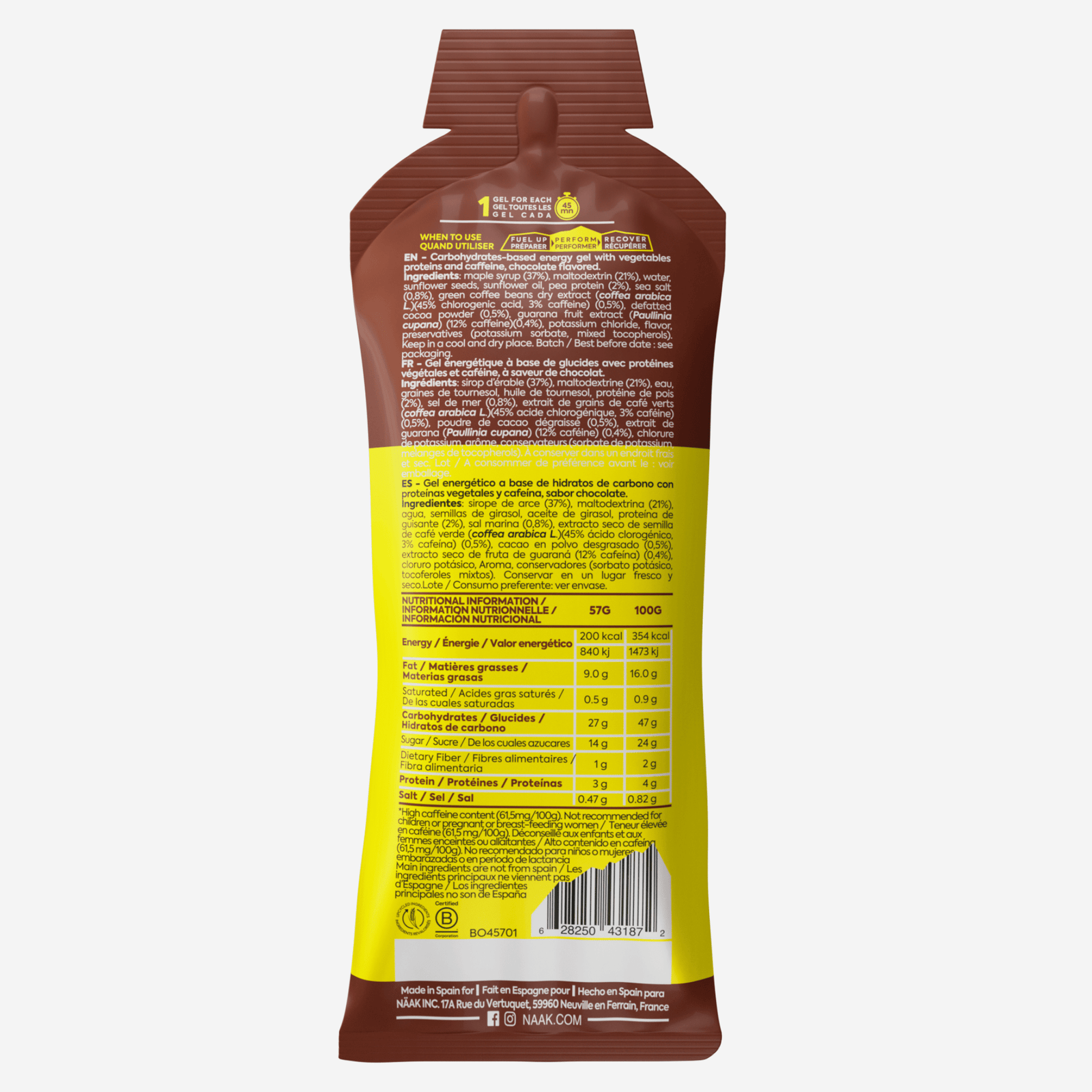


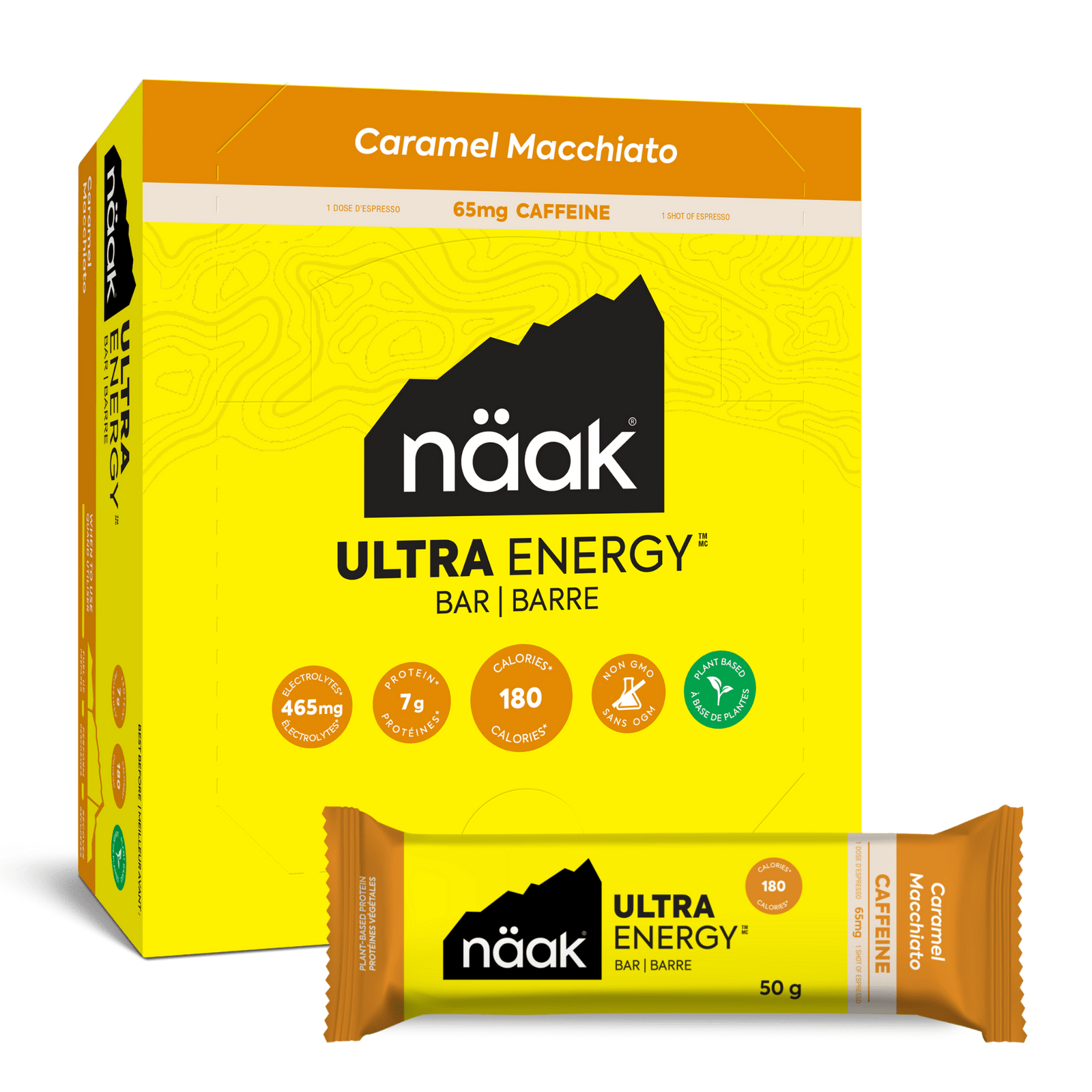



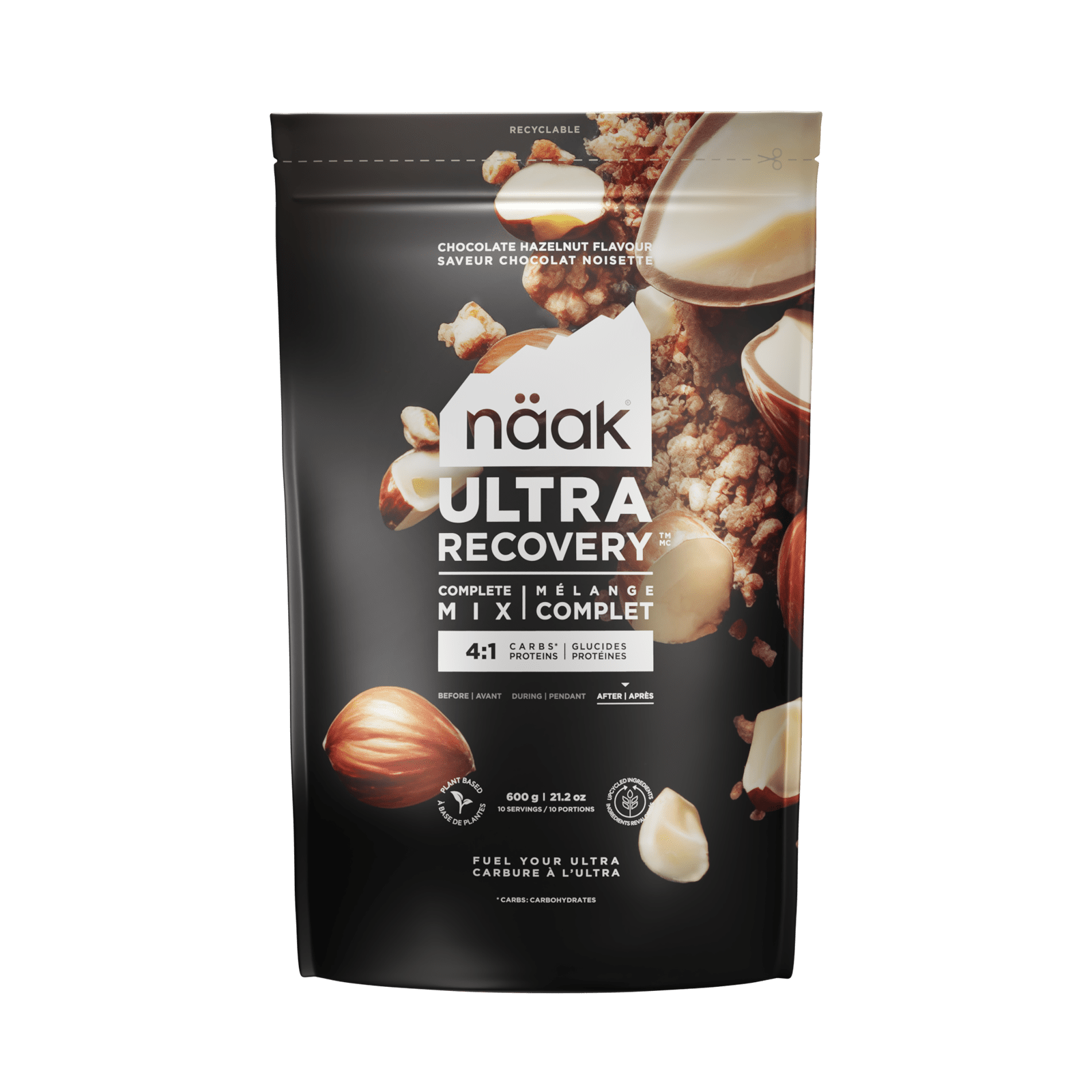

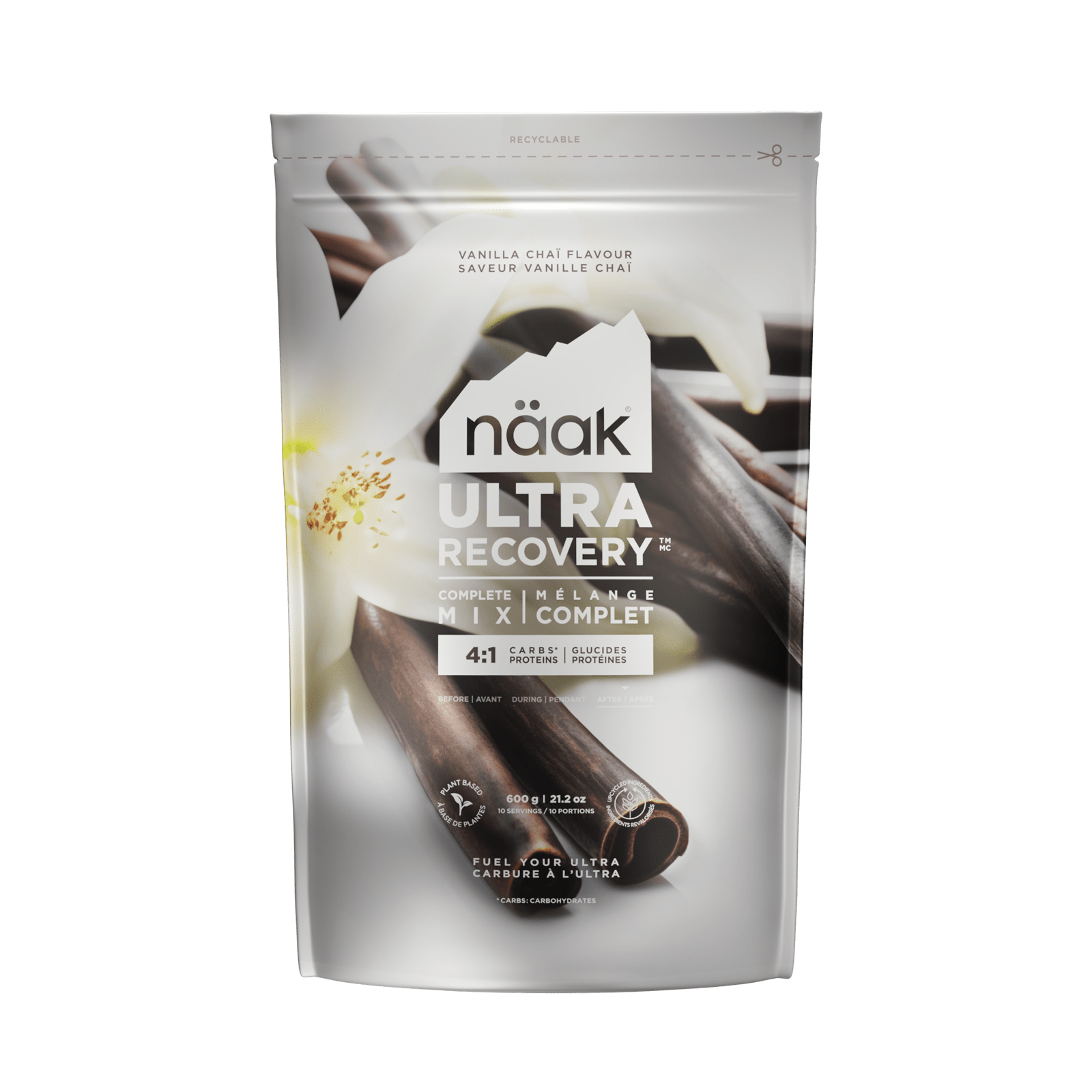
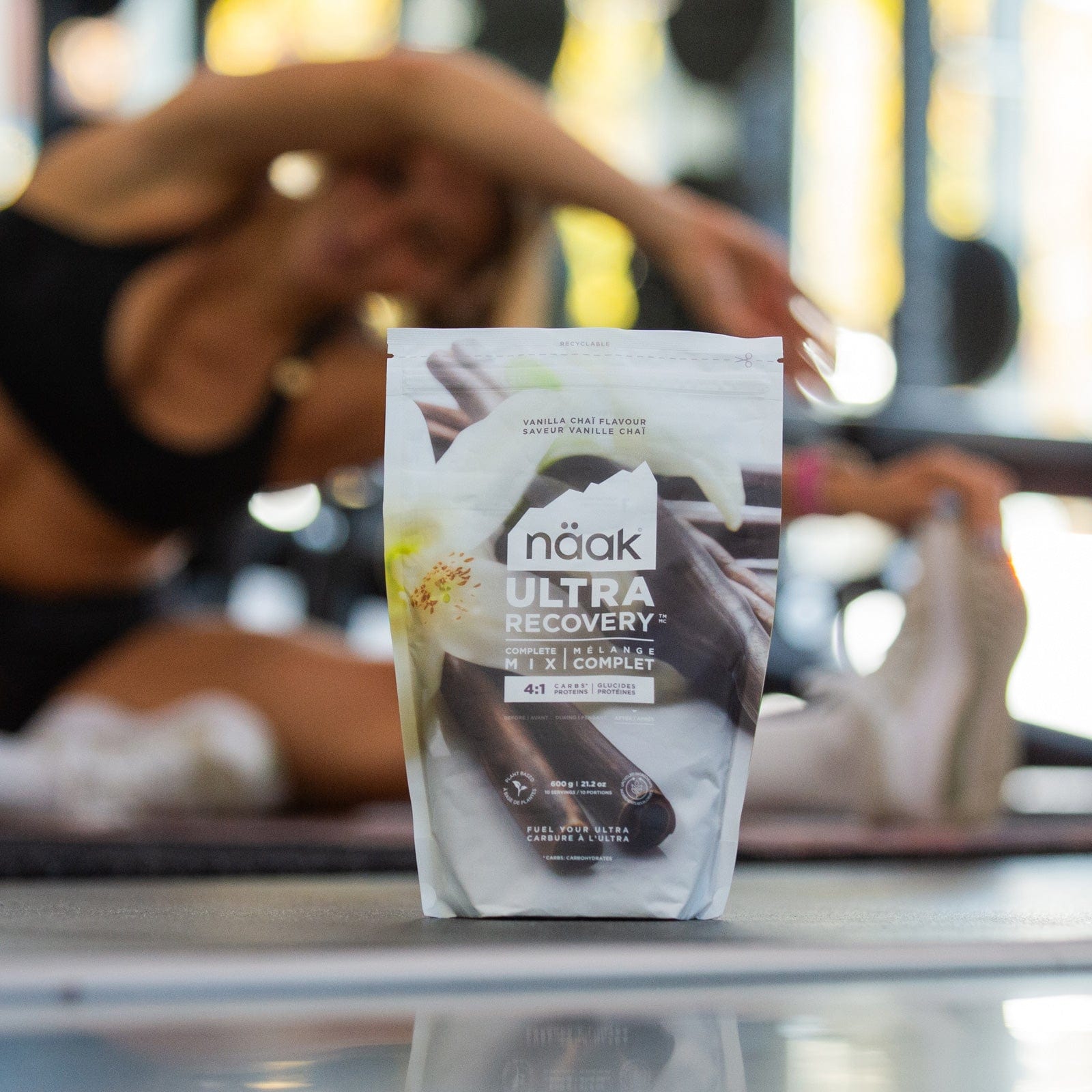
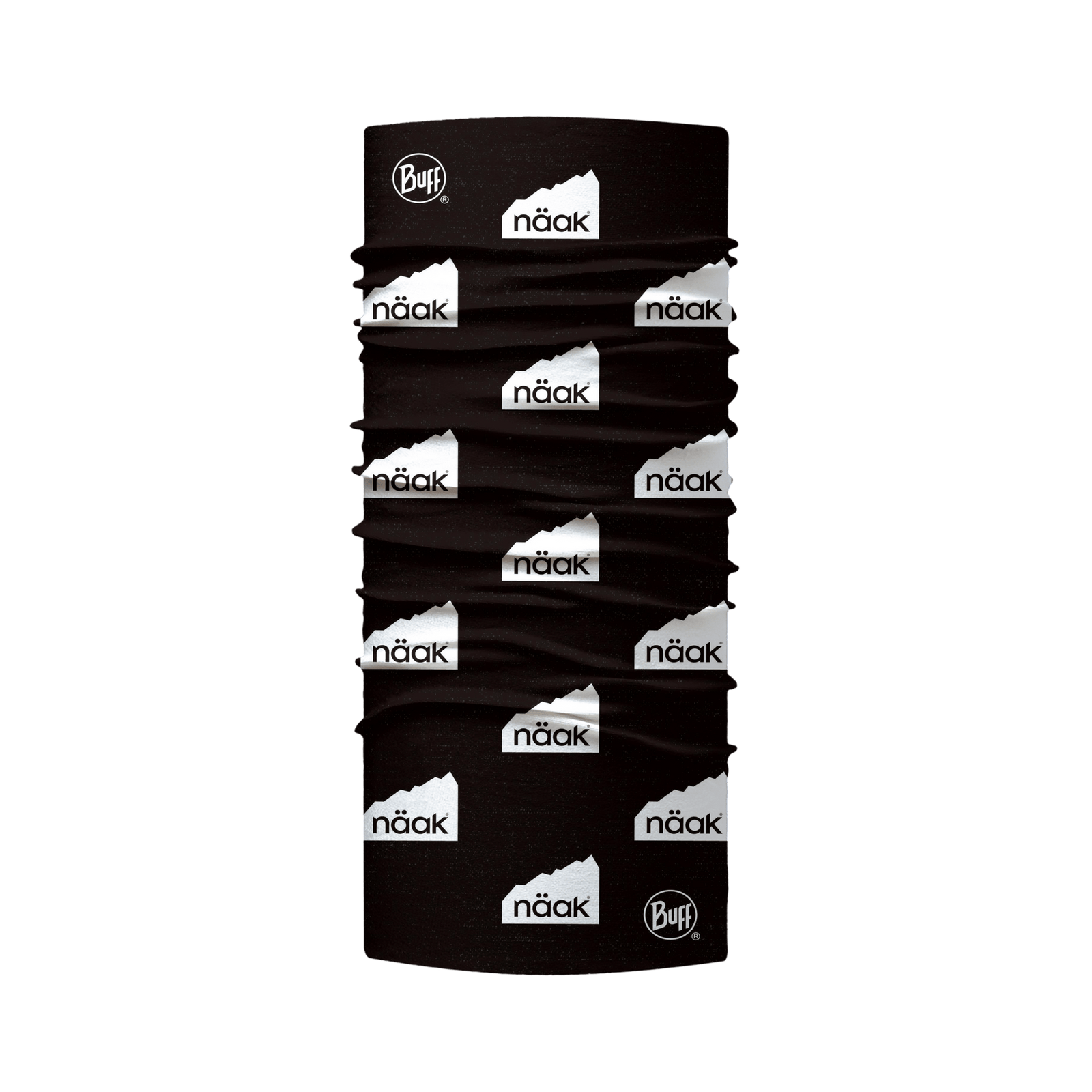

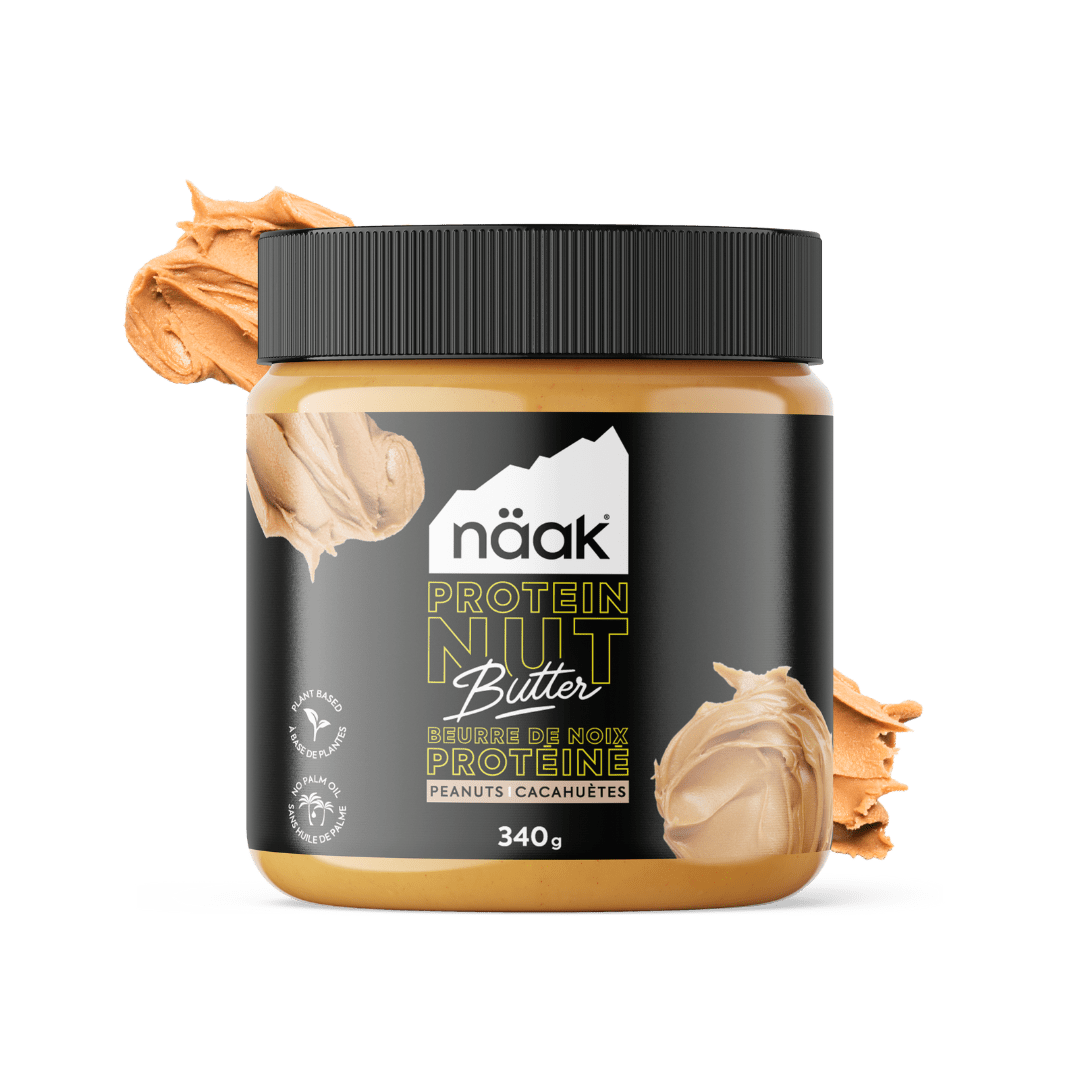
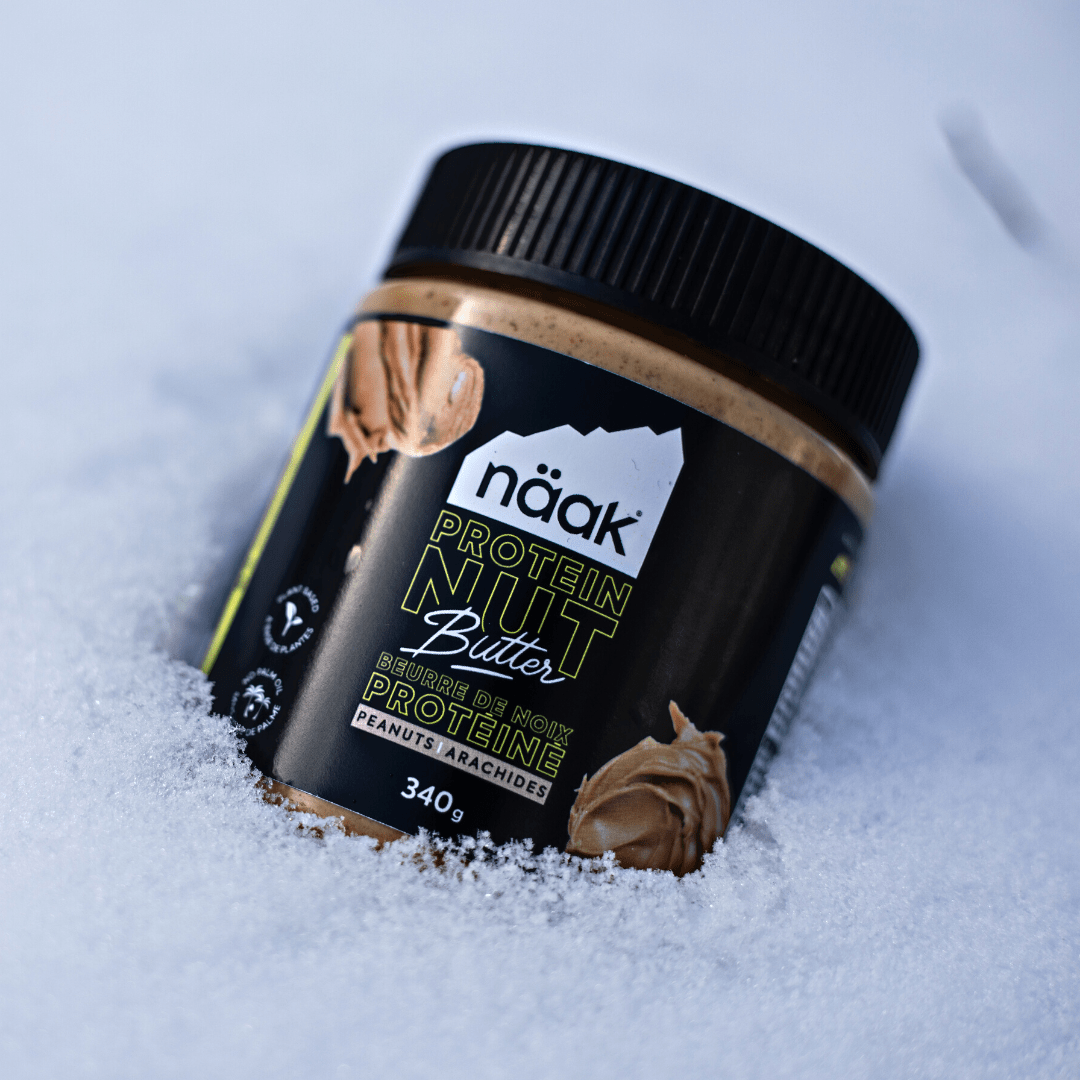
Laisser un commentaire